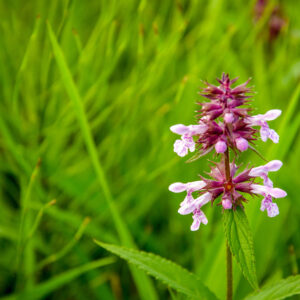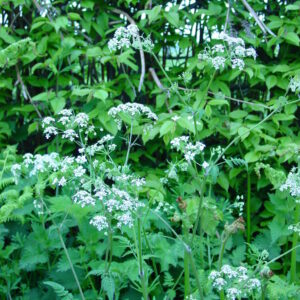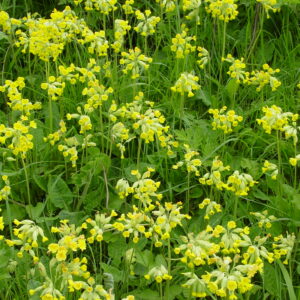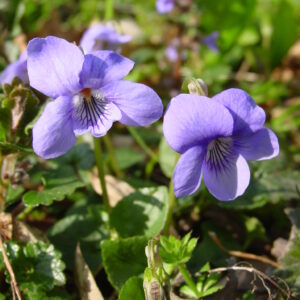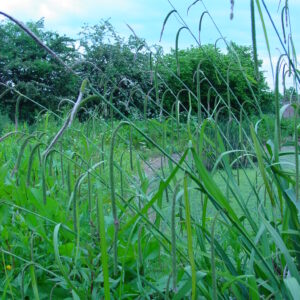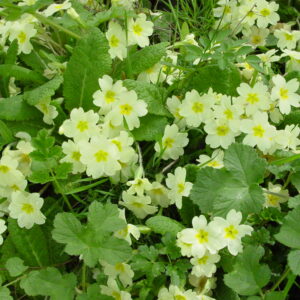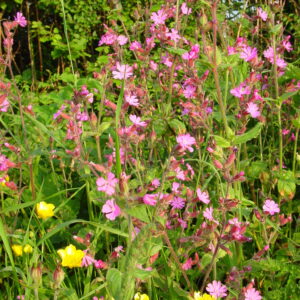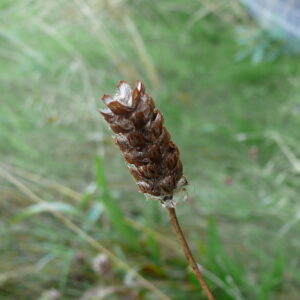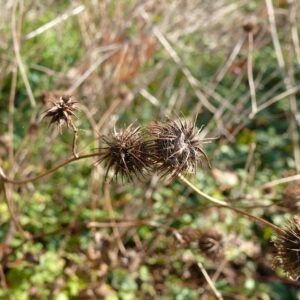Woodlands & Hedgerows
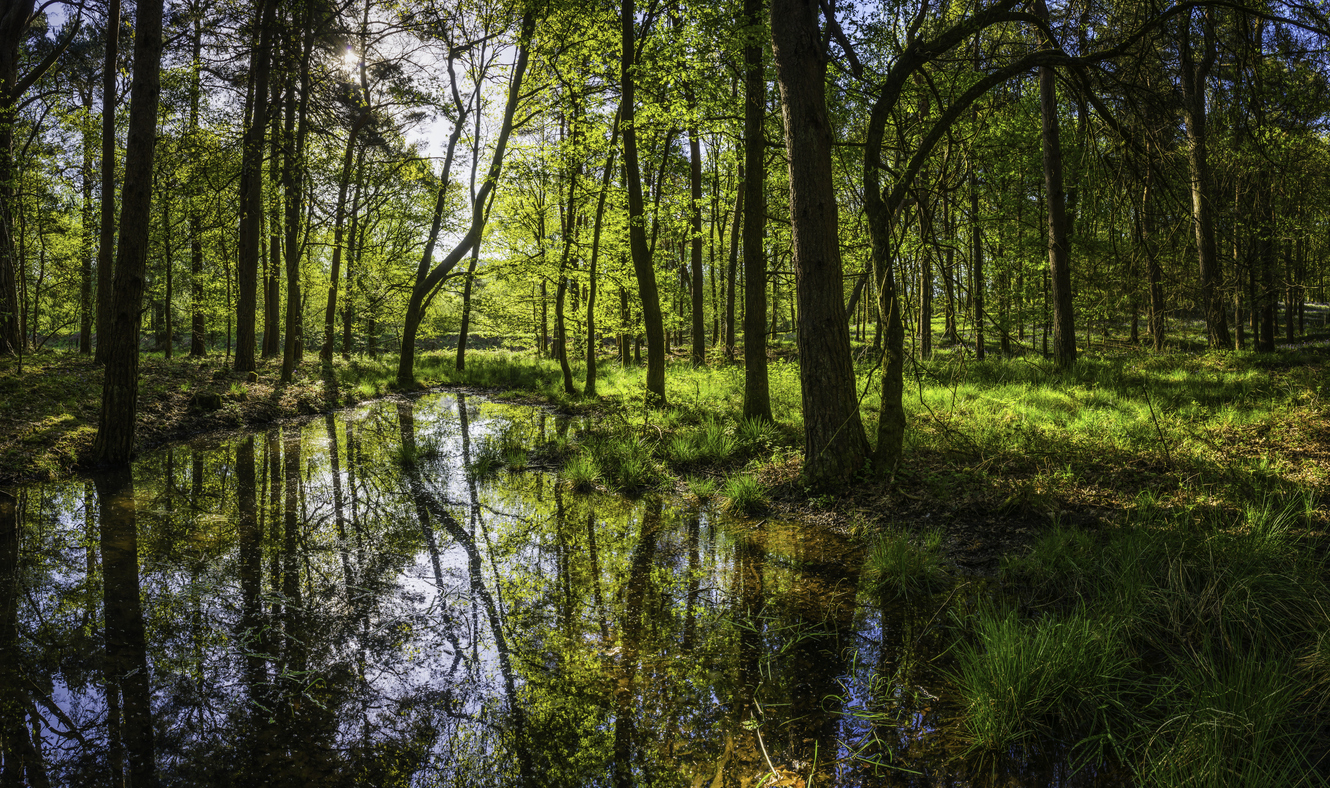


Woodlands and hedgerows are some of our most familiar wild habitats. They are embedded in our national psyche, through years of storytelling and cultural traditions. Hedgerows are simply recognised throughout Britain, bordering our roads, footpaths, and fields. It is believed that woodland covered much of ancient Britain, though sadly now, this only accounts for 13% of Britain’s land surface.
Hedgerows are considerably varied, ranging from strips of monoculture depleted of much wildlife; to flora-rich habitats of mature trees, deciduous shrubs, and a splendour of wildflowers. Many species recognised along hedgerows can also be found inhabiting our woodlands. The hedge provides an almost identical habitat to that of a woodland ride or clearing, providing dappled shade for many wildflower species. In early spring, Primrose is a common sight along hedgerows, making way for Cow Parsley, Hedge Woundwort, and Red Campion as the seasons change.
Our woodlands are precious; they provide a home for a vast range of animal and plant species, yet they also offer us a space for calm and contemplation. It is widely recognised that green spaces, such as woodlands, can improve our health and wellbeing. Some of our most familiar and loved species are found in ancient woodlands, with Bluebells and Wood Anemone carpeting the floor in spring just before the canopy thickens. Woodlands also play a vital role when addressing climate change. Their potential for storing carbon is widely understood, but they also help to reduce flooding events. Wet woodlands (also known as Carr) are home to specialist species that can withstand marshy terrain. Pendula Sedge, Marsh Marigold, along with Alder and Willow Trees, slow the flow of water from streams and rivers, reducing the risk of flooding.


